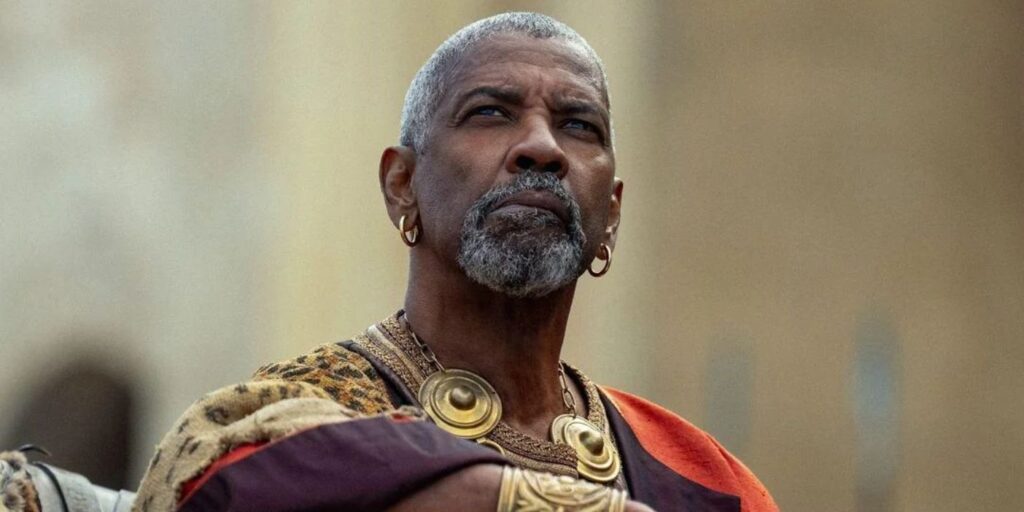The Grainy Landscape, Worn-Out Household, and Remembering the Past in 28 Years Later
How do zombie films shine new light in the post-Covid and post-Brexit era?


Right from the beginning, Gladiator II portrays an intimate and romantic relationship between Paul Mescal’s character, Hanno, and his wife. Her unfortunate sudden death caused by the colonizer—directly killed by General Acacius, played by Pedro Pascal—holds an emotional thread leading the protagonist’s actions throughout the film. However, her identity and background remain a mystery except for a single name, Arishat. Her most striking feature in her appearance is a special chin tattoo—a symbol of Amazigh women. Amazighs are diverse ethnic groups of people across Northwest Africa and consist of the majority of the population in the Numidia kingdom, which the film presents as the colony. The Amazighs in North Africa share the multicultural histories and conflicts that are not limited to the colonization of the Romans. Gladiator II paints a pan-African landscape and smears different demographic groups together, disregarding the slave trade and oppressions within the African continent.

The peak of the film is Denzel Washington’s dazzling performance of the cunning and vigorous Macrinus as the main antagonist. His origin stories and dialogues about slavery add the subtlety and layers to the story. On a side note, only villainous men such as the kings and Macrinus are suggested to sleep with boys in the film, making one wonder if homosexuality is subconsciously presented as one of their villainous traits.
The plot twist in the film reveals that Hanno is descended from the royal family, amplifying the righteousness of his taking the throne occupied by the current heinous kings. Through the film, Hanno’s motive of avenging his deceased wife is replaced by seizing power for an ideal version of Roman. However, this imperial wet dream about how citizens in Rome would flourish is hard to buy into for the viewers in this day and age. Some might acknowledge that historically, women sit separately in a lower rank than the slaves in the Colosseum. In the scene where the audience sitting inside the Colosseum riots, the anger spreading among men and women is showcased alongside the vibrant colors and the drapes of their white gowns. The visual satisfaction of the spectacle of the opulent Rome is hindered by the overall motive of the story and generates a sense of dissociation instead. Other altered historical details for the convenience of storytelling might be seen as humorous and trivial; for example, the English words carved on the wall in honor of Hanno’s father are highlighted in the frame.
While other blockbusters like the Dune film series reflect the myth about the chosen one, Gladiator II still hinges on the typical white savior story about a man with blue blood from Rome and nothing less.
Related lists created by the same author
How do zombie films shine new light in the post-Covid and post-Brexit era?
Related diversity category
The short documentary and second place winner of the Incluvie Short Film Festival, Gender Outlaw: A Bodysurfing Story, challenges any simplistic understanding of trans people.
Related movie/TV/List/Topic